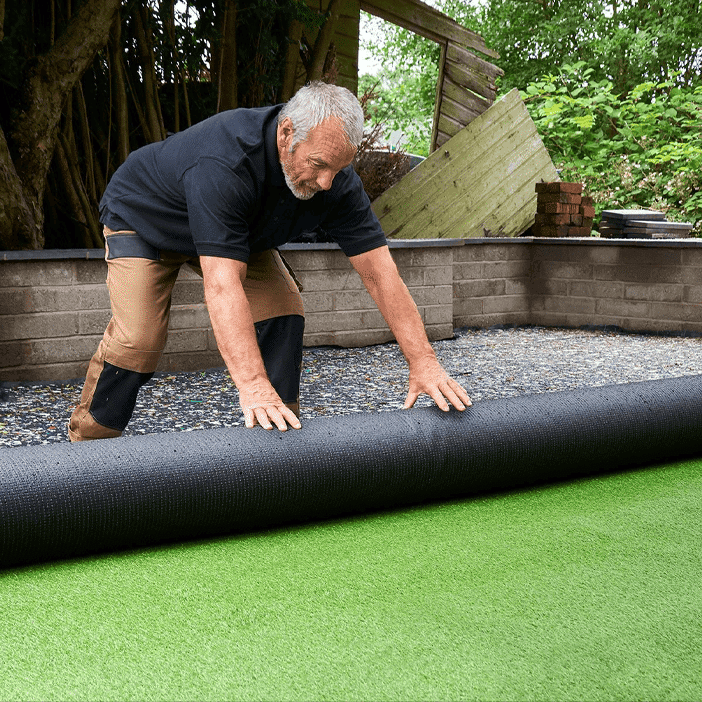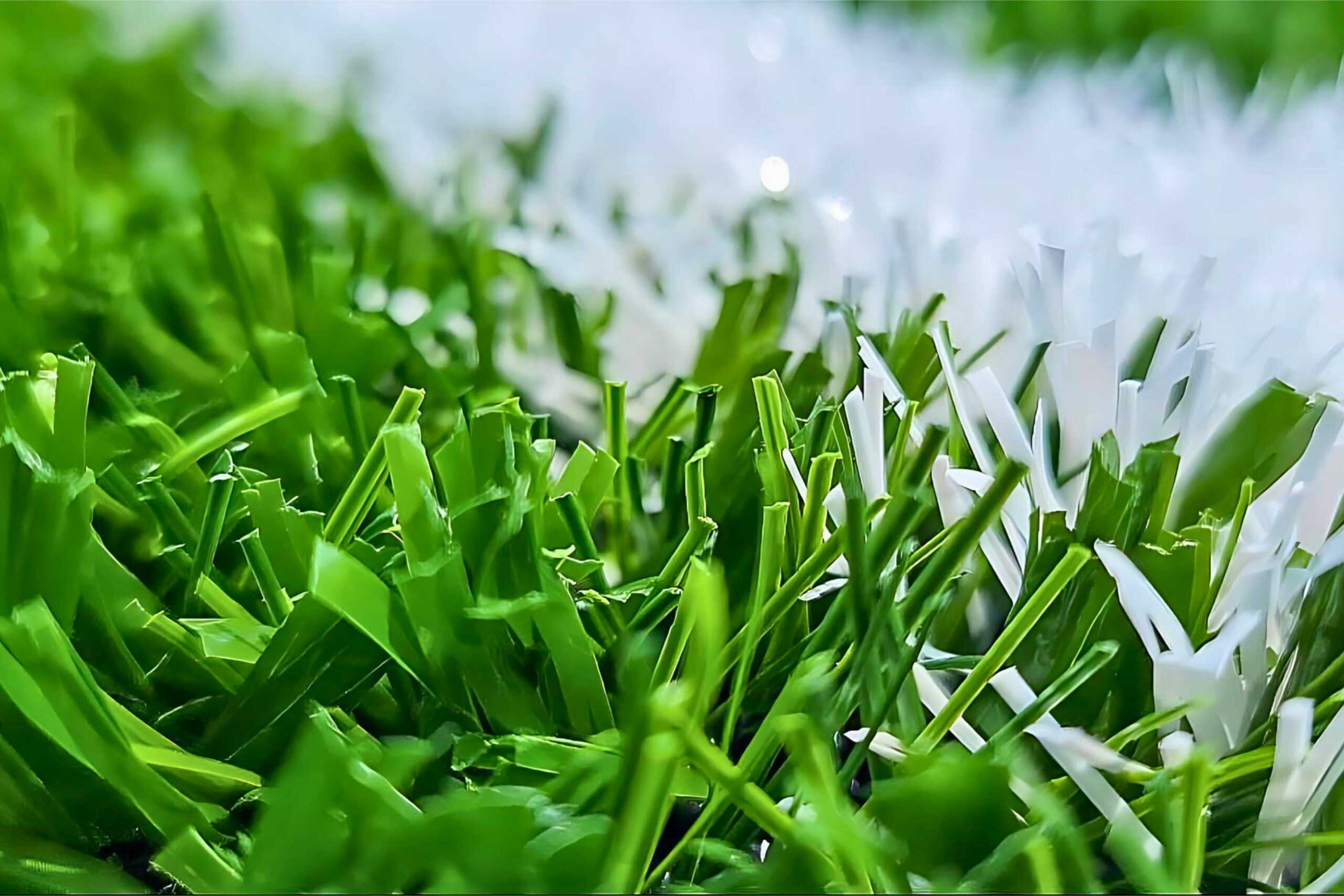Look Into the Environmental Advantages of Opting for Artificial Turf Solutions
The fostering of synthetic grass options offers an engaging opportunity to address pressing ecological challenges. By dramatically reducing water use and lessening the application of damaging chemicals, these options not only advertise lasting landscape design however likewise secure local environments. The reduced carbon footprint linked with decreased upkeep tasks contributes to a much more lasting technique to land management. The ramifications of these benefits extend beyond plain conservation initiatives, increasing concerns about their long-lasting influence on habitat preservation and overall eco-friendly equilibrium. Exploring these measurements exposes a complicated interplay worth considering.
Water Preservation Conveniences
One of the most considerable advantages of synthetic turf is its ability to conserve water. In contrast, fabricated lawn does not need watering, substantially reducing the overall need for water resources.
By removing the demand for routine watering, synthetic grass contributes to lasting landscape techniques and aids mitigate the environmental effect of excessive water consumption. The preservation of water extends to the decrease of overflow, which can lead to dirt erosion and waterway contamination.
In addition, the setup of man-made grass permits towns and homeowners to assign water sources much more successfully, concentrating on necessary uses such as alcohol consumption water and agriculture. The change in the direction of synthetic grass not only advertises accountable water usage but additionally straightens with wider environmental goals focused on preserving natural deposits.
As areas increasingly focus on sustainability, the water preservation advantages of synthetic grass offer a compelling instance for its adoption in commercial and household landscape design projects.
Decreased Chemical Use
The transition to fabricated lawn considerably lowers the reliance on chemical therapies commonly used in all-natural yard upkeep. Typical grass management normally involves the application of plant foods, herbicides, and pesticides to promote growth and control bugs. These chemicals can pose threats to human health and wellness, local wildlife, and the environment, contributing to soil and water contamination.
In comparison, artificial grass eliminates the demand for these hazardous compounds. By reducing the release of synthetic substances into the environment, fabricated lawn advertises healthier dirt and water systems.
Additionally, the lack of chemical drainage associated with synthetic grass setups helps protect local waterways from pollution, sustaining water life and keeping biodiversity. Arizona turf. As neighborhoods increasingly prioritize sustainable methods, going with synthetic grass presents a practical option that aligns with environmental preservation objectives. With this change, residential property owners can delight in rich environment-friendly rooms without jeopardizing eco-friendly health and wellness, leading the way for an extra sustainable future
Reduced Carbon Footprint

Additionally, the installation of synthetic grass can cause considerable water preservation. Natural yards need significant amounts of water for watering, which not only includes to the carbon impact connected with water extraction and therapy but additionally pressures neighborhood water sources. In contrast, artificial lawn needs marginal maintenance, requiring no watering, consequently significantly minimizing water usage and its connected power expenses.
In addition, the durability of synthetic grass adds to its lower carbon effect. With a life expectancy of approximately 15 years or even more, the requirement for constant replacements is diminished, leading to less waste and reduced energy intake in manufacturing and getting rid of conventional yard alternatives. On the whole, synthetic grass provides a sustainable choice for eco mindful landscaping.
Environment Conservation
Habitat preservation is a critical consideration in the debate over landscape design selections, specifically when contrasting synthetic grass to natural turf. Natural lawn yards commonly need substantial upkeep, including the use of chemicals, herbicides, and fertilizers, which can negatively affect neighborhood ecological communities. These chemicals can leach into the dirt and rivers, hurting indigenous plants and animals and disrupting regional environments.
On the other hand, synthetic grass offers an opportunity to decrease the ecological footprint of landscape design. By going with artificial yard, homeowners can reduce the disturbance of natural environments related to conventional lawn treatment practices. Synthetic grass gets rid of the demand for dangerous chemicals, consequently safeguarding nearby wild animals and preserving the stability of bordering communities. The setup of artificial grass can lead to the conversion of previous lawn locations right into even more biodiverse landscapes, such as pollinator yards or indigenous plant locations, which can support regional wild animals.
Eventually, the shift to synthetic grass not only saves water and reduces upkeep initiatives however likewise fosters an extra harmonious partnership in between human tasks and the natural surroundings, advertising environment preservation in the procedure.
Long-Term Sustainability
Long-term sustainability is an important Check This Out consider examining the advantages of synthetic grass over typical grass yards. One of one of the most substantial advantages of synthetic lawn is its durability; it can last up to 15-20 years with very little upkeep, whereas published here natural lawn needs regular reseeding and substitute. This durability reduces the demand for continuous resources, such as water, fertilizers, and pesticides, which are vital for maintaining a healthy grass yard.
Furthermore, man-made lawn contributes to a reduction in carbon discharges connected with grass care devices. Traditional yards commonly require gas-powered lawn mowers, leaners, and blowers, all of which contribute to air pollution. Artificial turf companies phoenix. In contrast, fabricated turf eliminates the demand for such tools, advertising a cleaner setting
Additionally, the production of artificial grass increasingly makes use of recycled materials, enhancing its sustainability account. As makers adopt environment-friendly methods, the environmental impact of synthetic grass remains to reduce.

Verdict
The adoption of artificial grass solutions provides considerable environmental benefits, including significant water preservation, decreased dependence on dangerous chemicals, and a lower carbon impact. Moreover, synthetic grass help in preserving all-natural environments by reducing land disruption and advertising long-term sustainability with making use of long lasting materials. Jointly, these factors highlight the capacity of man-made lawn to add favorably to ecological wellness and supply a viable choice to standard landscape design methods in a progressively resource-conscious world.
In comparison, fabricated lawn does not need watering, substantially reducing the general need find for water sources. By minimizing the launch of artificial compounds into the ecological community, synthetic turf advertises healthier soil and water systems.
Moreover, the installment of man-made grass can result in considerable water preservation. In comparison, man-made grass needs marginal maintenance, requiring no watering, thereby substantially minimizing water usage and its linked power prices.
